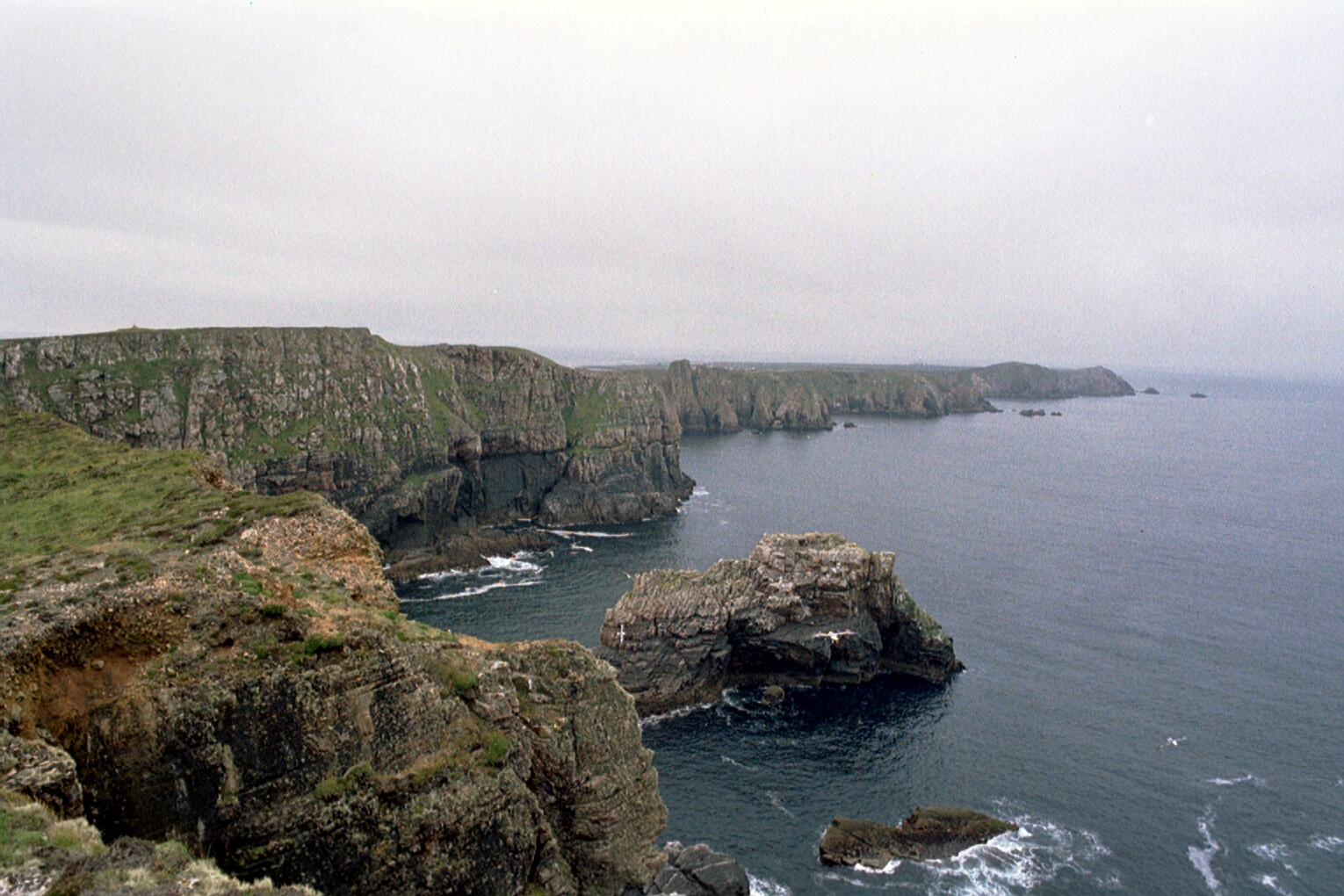|
Battle Of Kilmacrennan
The Battle of Kilmacrennan was a skirmish fought near Kilmacrennan, County Donegal in 1608 during O'Doherty's Rebellion. Sir Cahir O'Doherty was a traditional supporter of the Crown whose treatment at the hands of local officials had led him to launch a rebellion in which he had seized the garrison town of Derry, killing his enemy George Paulet. O'Doherty raised local forces and possibly hoped to negotiate an agreement with the government as had been common with leaders of previous rebellions. However, the Viceroy in Dublin, Arthur Chichester, responded quickly and despatched reinforcements to the area under Richard Wingfield. They were a mixture of professional soldiers of the Royal Irish Army and Gaelic warriors allied to the government. They met the rebels at Kilmacrennan and O'Doherty was killed by a musket shot to the head. His troops' morale collapsed and they fled the field. A £500 bounty had been placed on O'Doherty and, while a number of outlandish legends exist ... [...More Info...] [...Related Items...] OR: [Wikipedia] [Google] [Baidu] |
Lord Deputy Of Ireland
The Lord Deputy was the representative of the monarch and head of the Irish executive under English rule, during the Lordship of Ireland and then the Kingdom of Ireland. He deputised prior to 1523 for the Viceroy of Ireland. The plural form is ''Lords Deputy''. List of Lords Deputy Lordship of Ireland *Sir Thomas de la Dale (1365-1366) *Sir Thomas Mortimer (1382–1383) * Thomas FitzGerald, 7th Earl of Kildare (1454–1459) *William Sherwood (1462) * Thomas FitzGerald, 7th Earl of Desmond (1463–1467) * John Tiptoft, 1st Earl of Worcester (1467–1468) * Thomas FitzGerald, 7th Earl of Kildare (1468–1475) *William Sherwood (1475–1477) * Gerald FitzGerald, 8th Earl of Kildare (1477) * Henry Grey, 4th (7th) Baron Grey of Codnor (1478–1479) * Gerald FitzGerald, 8th Earl of Kildare (1479–?1494) *Walter Fitzsimon, Archbishop of Dublin (1492) *Robert Preston, 1st Viscount Gormanston (1493–1494) * Edward Poynings (1494–1496) * Gerald FitzGerald, 8th Earl of Kildare ( ... [...More Info...] [...Related Items...] OR: [Wikipedia] [Google] [Baidu] |
Siege Of Tory Island
The siege of Tory Island took place in 1608 during O'Doherty's Rebellion when some of the remaining rebels made a last stand against Crown forces on Tory Island off the northern coast of Ireland. Following their defeat at the Battle of Kilmacrennan The Battle of Kilmacrennan was a skirmish fought near Kilmacrennan, County Donegal in 1608 during O'Doherty's Rebellion. Sir Cahir O'Doherty was a traditional supporter of the Crown whose treatment at the hands of local officials had led him to ..., where their leader Sir Cahir O'Doherty had been killed, a group of survivors withdrew to Tory Island, pursued there by Henry Folliott, 1st Baron Folliott, Sir Henry Folliott, the Governor of Ballyshannon. The rebels took shelter in the castle on the island but it became obvious they could not hold out for long. To avail himself of a device known as "Pelham's Pardon", the Constable of the castle, Sir Mulmory McSweeney, began to kill his fellow defenders intending to hand their sever ... [...More Info...] [...Related Items...] OR: [Wikipedia] [Google] [Baidu] |
